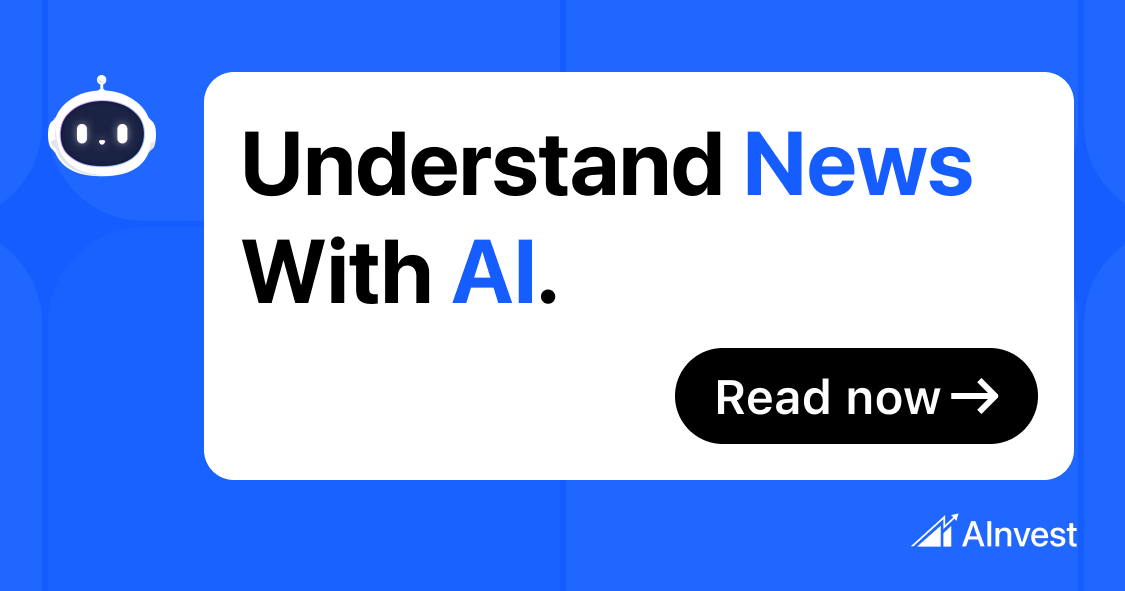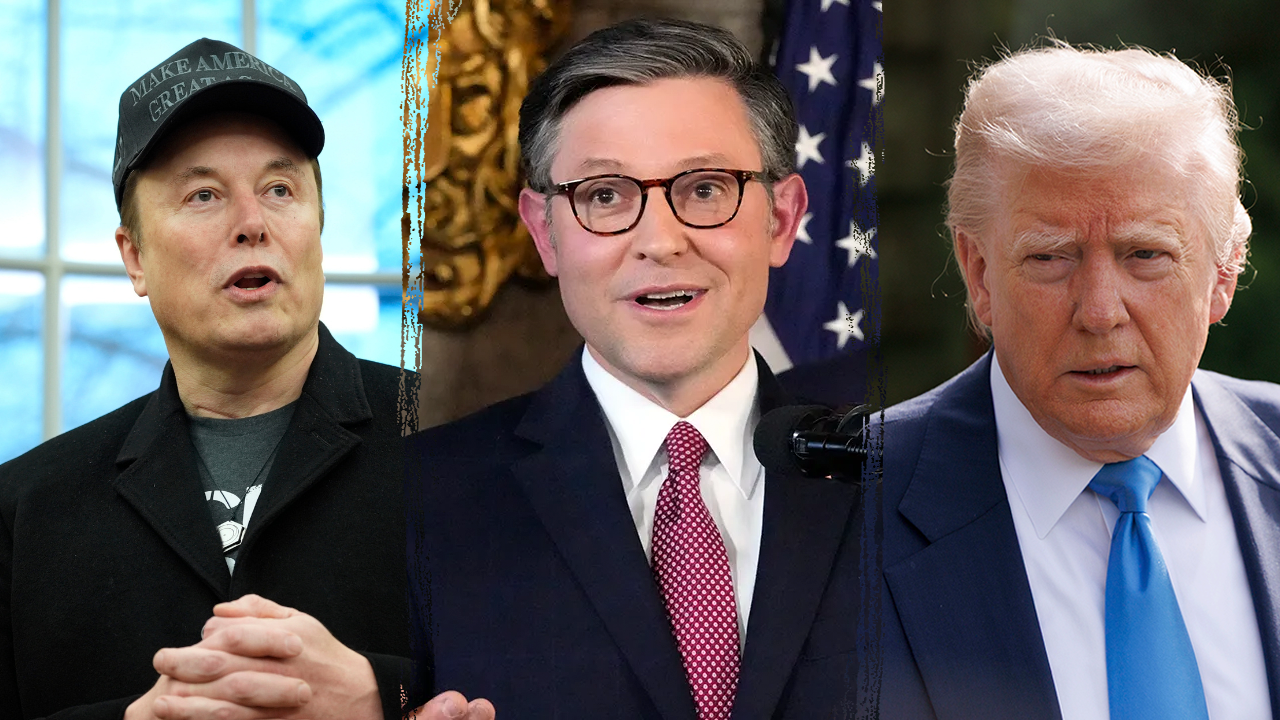World
Reporter's Notebook: Aboard the USS Dwight D Eisenhower in the Red Sea: 'Constant self-defense'
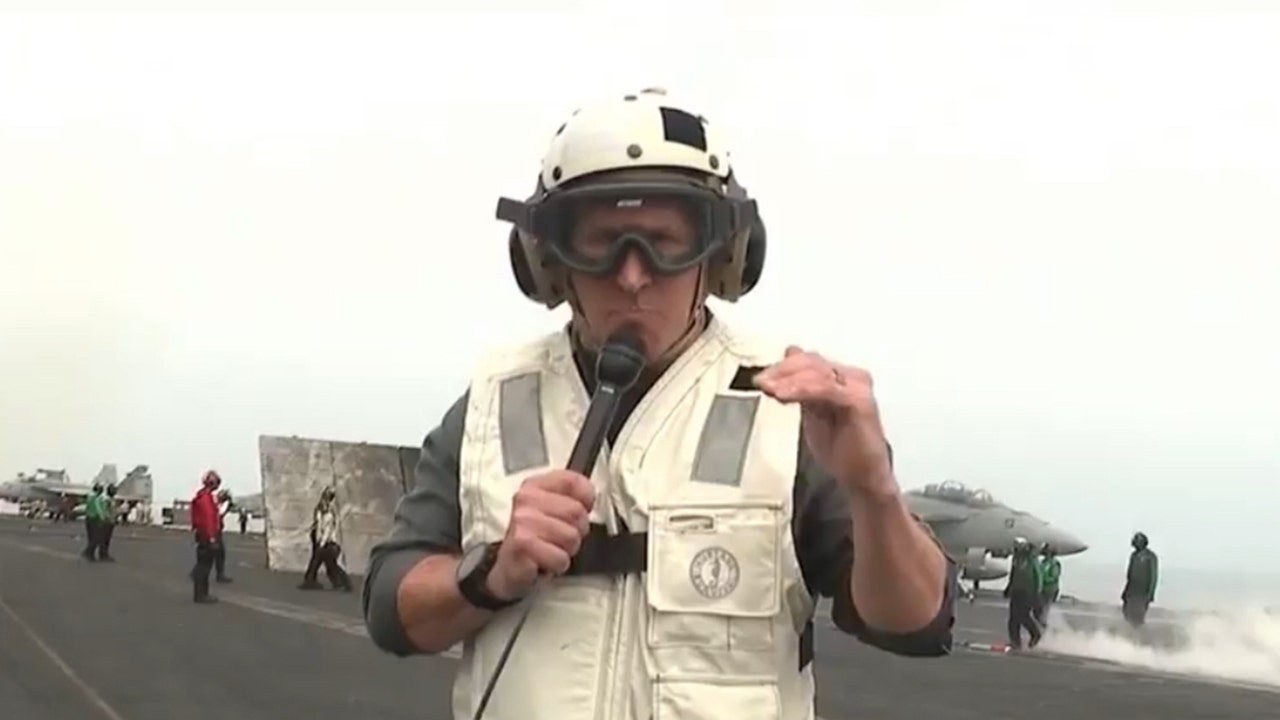
It’s the dark of night, the middle of the Red Sea, but it’s not quiet. The whine of several F-18 super hornet fighter jets produce an ear-splitting sound on the deck of the USS Dwight D Eisenhower.
In bright primary-colored shirts, sailors on the flight deck tend to their specific jobs. The munitions officers, in red shirts, flip a switch that engages the sidewinder missiles on the outside of the fighter jet’s wings. It’s like taking the safety off your gun. The missiles are now ready to be fired. The pilot inches his jet forward so catapult officers can hook the tow-bar on his front wheel to the shuttle which runs down a steaming slot to the end of the flight deck.
Through a series of hand signals, a deck officer with yellow flashlights tells the pilot it’s time. He throttles the jet engines to full power and everyone’s rib cages shake on deck. An officer with the title shooter triggers the catapult and with a mighty roar the super hornet is launched into combat over the Red Sea.
REPORTER’S NOTEBOOK: EMBEDDED WITH THE IDF DEEP INSIDE HAMAS TUNNELS UNDER UNRWA HQ
Fox News correspondent Mike Tobin on board the USS Dwight D. Eisenhower in the Red Sea (Fox News)
Each takeoff is a launch into combat. Everything happens in the “weapons engagement zone,” close enough to Houthi controlled Yemen that they are in range of hostile fire.
“We are in constant self-defense out here when it comes to threats that can be shot at us,’ says Rear Admiral Marc Miguez, commander of the strike group.
Self-defense does not mean they don’t go on the offensive. Often times, the F-18s launch with a planned target. Captain Marvin Scott, commander of the air wing on the carrier says his pilots have already degraded the ability of the Houthis to fire at cargo ships and warships crossing the Red Sea. “By targeting their ability to see us, their surveillance radars, and now we’re primarily focused on their military capabilities,” he says.
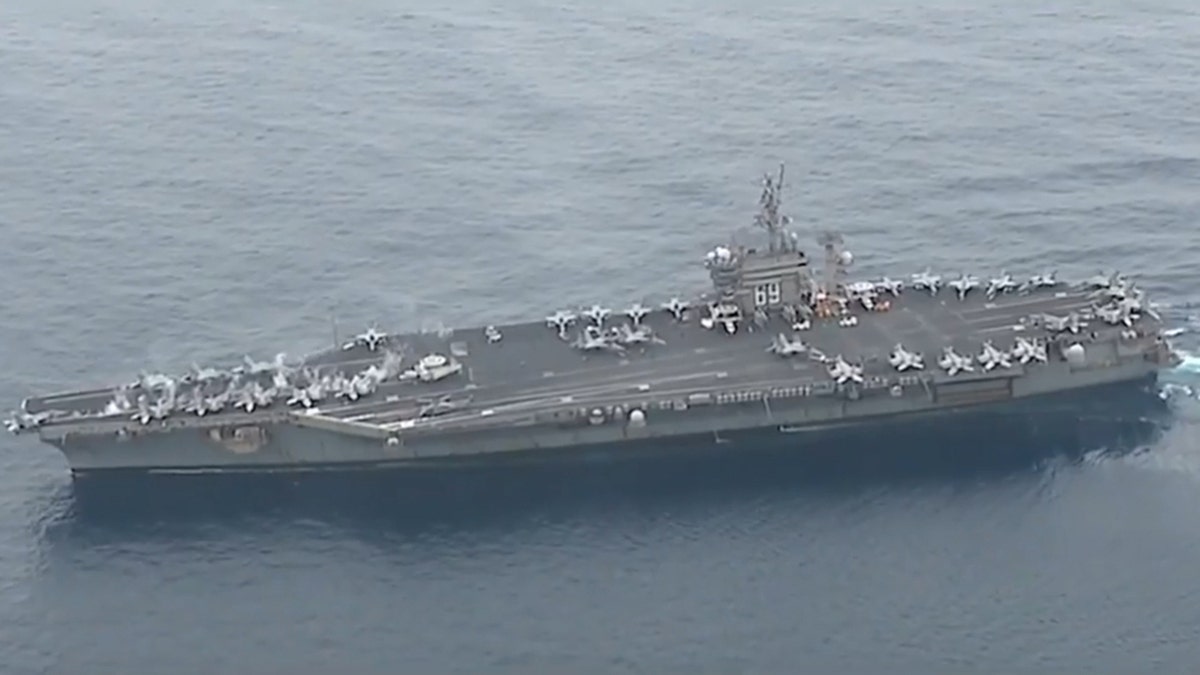
The USS Dwight D. Eisenhower in the Red Sea (Fox News)
Many of the targets are “dynamic targets”, something that presents itself after the F-18 is in the air. U.S. Central Command says on Thursday U.S. forces struck four drones and two anti-ship cruise missiles that were prepared to launch. On Friday, they shot down three drones near commercial ships in the Red Sea.
US, COALITION FORCES DESTROY 6 HOUTHI ONE-WAY ATTACK DRONES
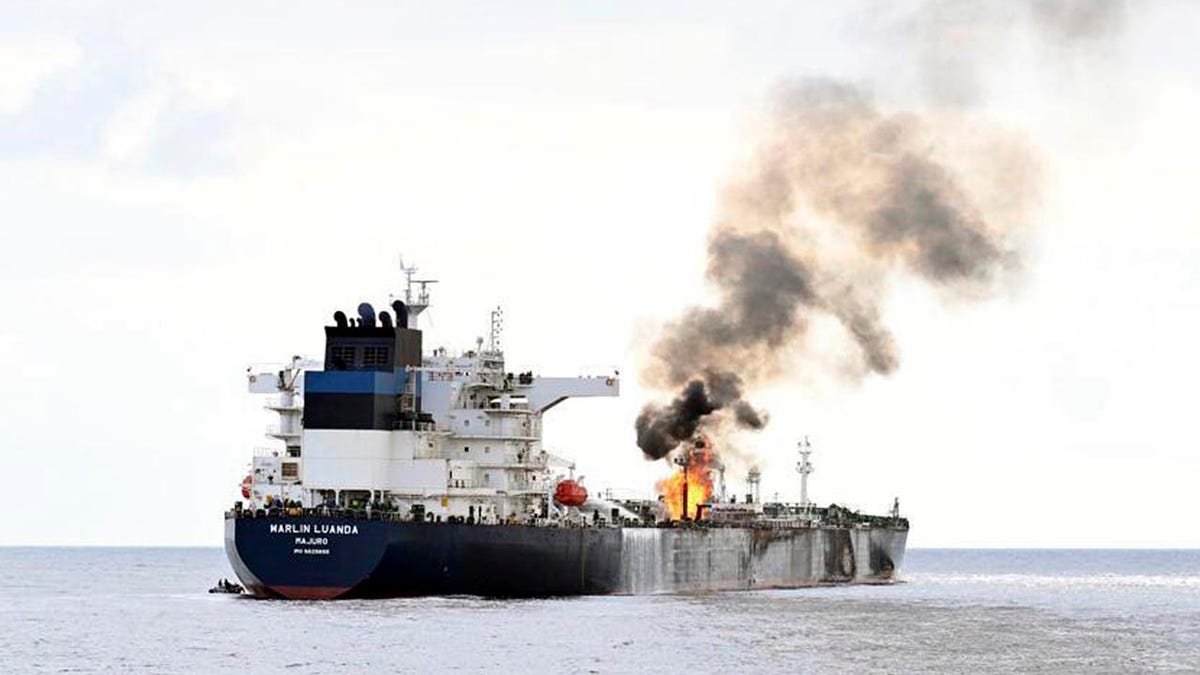
In this photo provided by the Indian Navy on Saturday, Jan. 27, 2024, a view of the oil tanker Marlin Luanda on fire after an attack, in the Gulf of Aden. The crew aboard a Marshall Islands-flagged tanker hit by a missile launched by Yemen’s Houthi rebels is battling a fire onboard the stricken vessel sparked by the strike. (Indian Navy via AP)
The threats are constant and while the sailors have proven to be effective at shooting missiles out of the sky, it’s not an easy task and failure is not an option. “We have to be right 100% of the time and they only have to be right once,” says Miguez.
The USS Eisenhower is one of six ships in strike group two. One of them is a cruiser, the USS Philippine Sea. It serves as a sentinel for the strike group, with layers of sailors who monitor high-tech electronics that detect incoming threats. In a matter of seconds, the “watchstanders” determine the nature of the threat and how to respond.
“It just depends what the threat is and what’s coming at us,” Says Captain Steve Liberty who defined what his ship is ready for, “Anything they can throw our way,” he says.
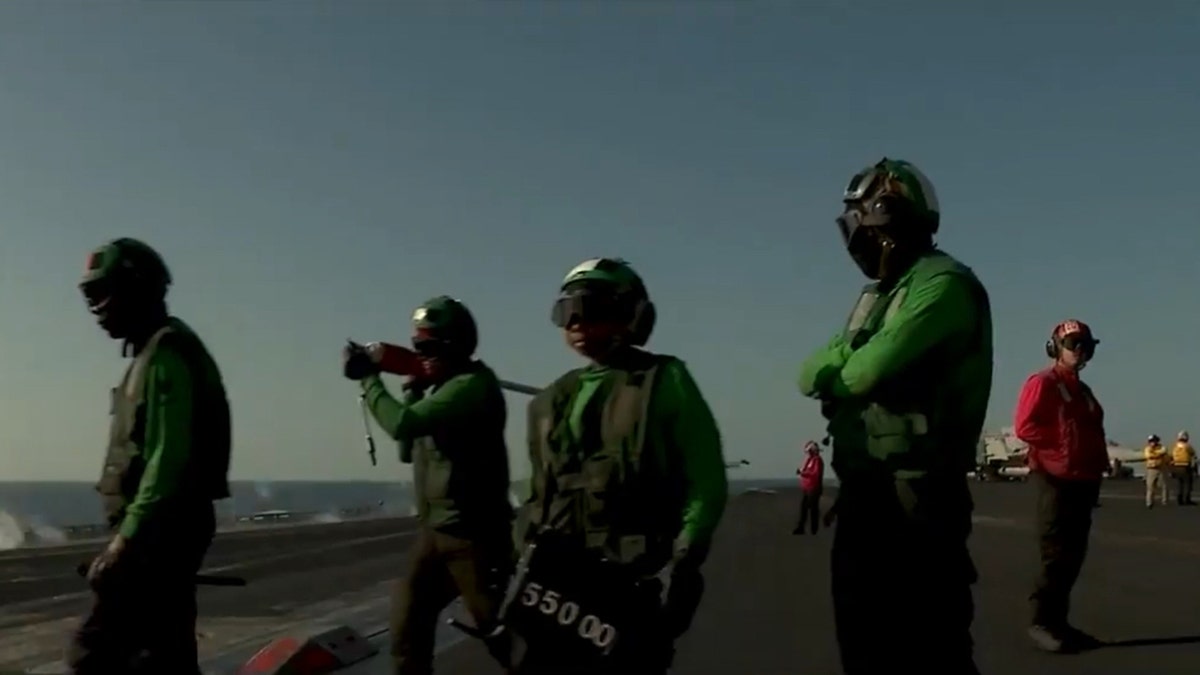
Sailors on the flight deck of the USS Dwight D Eisenhower. (Fox News)
In the end, their mission is as old as the Navy itself. Protecting safe maritime trade is the reason the Navy was created in the first place. “Freedom of Navigation,” Says Captain Chris Hill, Commander of the Dwight D Eisenhower, “It’s something we’ve been doing since 1775, and it’s something we’re really good at.”

World
Astronomers capture the birth of planets around a baby sun outside our solar system
CAPE CANAVERAL, Fla. (AP) — Astronomers have discovered the earliest seeds of rocky planets forming in the gas around a baby sun-like star, providing a precious peek into the dawn of our own solar system.
It’s an unprecedented snapshot of “time zero,” scientists reported Wednesday, when new worlds begin to gel.
“We’ve captured a direct glimpse of the hot region where rocky planets like Earth are born around young protostars,” said Leiden Observatory’s Melissa McClure from the Netherlands, who led the international research team. “For the first time, we can conclusively say that the first steps of planet formation are happening right now.”
The observations offer a unique glimpse into the inner workings of an emerging planetary system, said the University of Chicago’s Fred Ciesla, who was not involved in the study appearing in the journal Nature.
“This is one of the things we’ve been waiting for. Astronomers have been thinking about how planetary systems form for a long period of time,” Ciesla said. “There’s a rich opportunity here.”
NASA’s Webb Space Telescope and the European Southern Observatory in Chile teamed up to unveil these early nuggets of planetary formation around the young star known as HOPS-315. It’s a yellow dwarf in the making like the sun, yet much younger at 100,000 to 200,000 years old and some 1,370 light-years away. A single light-year is 6 trillion miles.
In a cosmic first, McClure and her team stared deep into the gas disk around the baby star and detected solid specks condensing — signs of early planet formation. A gap in the outer part of the disk gave allowed them to gaze inside, thanks to the way the star tilts toward Earth.
They detected silicon monoxide gas as well as crystalline silicate minerals, the ingredients for what’s believed to be the first solid materials to form in our solar system more than 4.5 billion years ago. The action is unfolding in a location comparable to the asteroid belt between Mars and Jupiter containing the leftover building blocks of our solar system’s planets.
The condensing of hot minerals was never detected before around other young stars, “so we didn’t know if it was a universal feature of planet formation or a weird feature of our solar system,” McClure said in an email. “Our study shows that it could be a common process during the earliest stage of planet formation.”
While other research has looked at younger gas disks and, more commonly, mature disks with potential planet wannabes, there’s been no specific evidence for the start of planet formation until now, McClure said.
In a stunning picture taken by the ESO’s Alma telescope network, the emerging planetary system resembles a lightning bug glowing against the black void.
It’s impossible to know how many planets might form around HOPS-315. With a gas disk as massive as the sun’s might have been, it could also wind up with eight planets a million or more years from now, according to McClure.
Purdue University’s Merel van ’t Hoff, a co-author, is eager to find more budding planetary systems. By casting a wider net, astronomers can look for similarities and determine which processes might be crucial to forming Earth-like worlds.
“Are there Earth-like planets out there or are we like so special that we might not expect it to occur very often?”
___
AP video journalist Javier Arciga contributed to this report.
___
The Associated Press Health and Science Department receives support from the Howard Hughes Medical Institute’s Department of Science Education and the Robert Wood Johnson Foundation. The AP is solely responsible for all content.
World
Iran's leader threatens 'even bigger blow' against US, Trump says he's in ‘no rush’ to talk
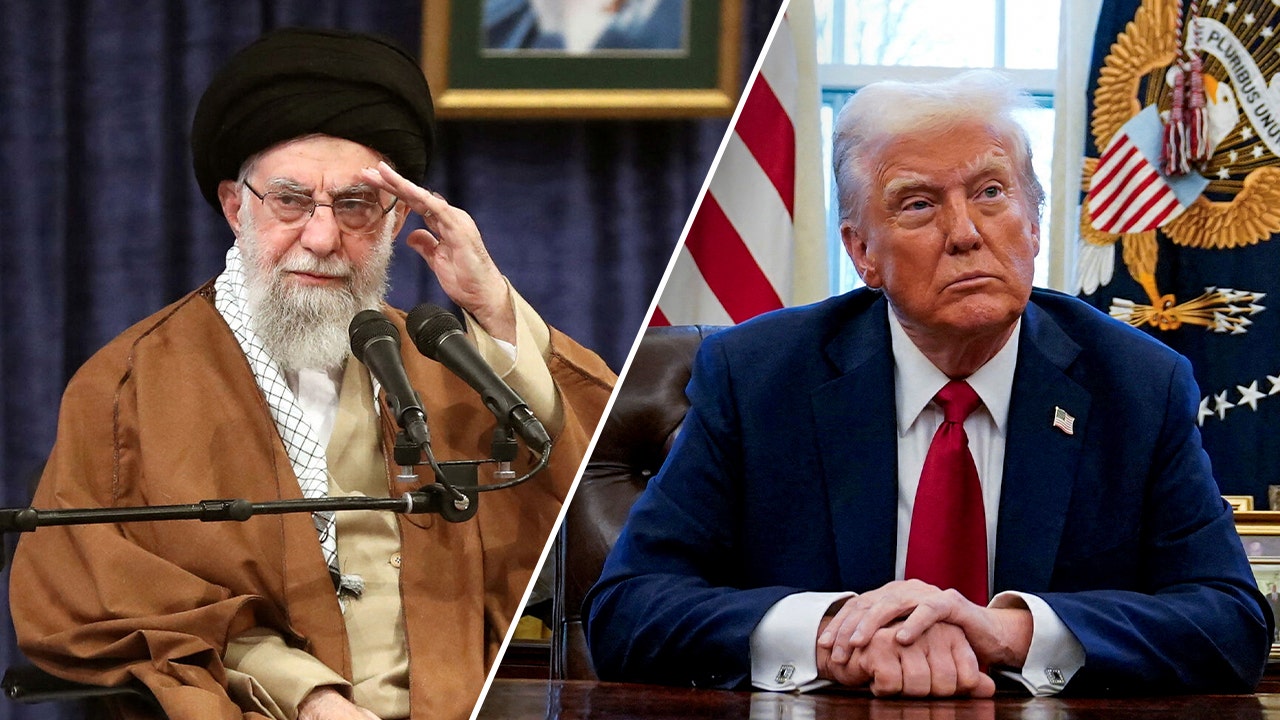
NEWYou can now listen to Fox News articles!
Iranian Supreme Leader Ayatollah Ali Khamenei on Wednesday issued his latest threat against the U.S. and “its dog on a leash, the Zionist regime [Israel]” as nations urge nuclear negotiations but eye sanctions options.
“The fact that our nation is ready to face the power of the United States and its dog on a leash, the Zionist regime, is very praiseworthy,” Khamenei said in comments translated by Reuters to state TV.
Khamenei went on to claim that last month’s attack on the U.S. Al Udeid Air Base in Qatar was just the beginning of what Tehran could throw at Washington and warned that “an even bigger blow could be inflicted on the U.S. and others.”
Iranian Supreme Leader Ayatollah Ali Khamenei addresses the media during the voting for the Parliament Elections in Tehran, Iran, on May 10, 2024. (Photo by Fatemeh Bahrami/Anadolu via Getty Images)
IRAN VOWS RETALIATION IF UN SECURITY COUNCIL ISSUES SNAPBACK SANCTIONS ON ANNIVERSARY OF NUCLEAR DEAL
While the U.S. has assessed that Iran’s nuclear program has been set back by up to two years following its strikes on the Fordow atomic site in June – which followed a series of strikes issued by Israel on Tehran’s nuclear and military sectors – much of Iran’s missile capabilities remain intact.
It is unclear the exact extent that Iran’s missile and drone program was degraded after the Israeli strikes targeted its stockpiles and launching capabilities, but security experts have warned Tehran’s missile and drone programs remain a “significant” threat.
Israel has estimated that even after its strikes, Iran likely still possesses some 1,500 medium-range ballistic missiles and 50% of its launching capabilities, reported Bill Roggio, senior fellow and editor of Foundation for Defense of Democracies’ (FDD) “Long War Journal.”
Similarly, Iranian expert Behnam Ben Taleblu told Fox News Digital that “Post strikes, the program still exists and, despite being handicapped, poses a significant regional threat.”

A big banner depicting Iran’s Supreme Leader Ayatollah Ali Khamenei is placed next to a ballistic missile in Baharestan Square in Tehran, Iran, on Sept. 26, 2024 on the sideline of an exhibition which marks the 44th anniversary of the start of the Iran-Iraq war. (Photo by Hossein Beris / Middle East Images / Middle East Images via AFP)
IRAN CLAIMS ITS PRESIDENT WAS INJURED IN ISRAELI AIRSTRIKE LAST MONTH
“This is especially true at shorter distances since Iran’s single-stage solid fuel short-range ballistic are much more precise,” Ben Taleblu, senior director of the FDD’s Iran program, said. “This means that in another iteration of an Israel-Iran-America conflict, the chances of retaliatory strike on U.S. regional bases remains high.”
Khamenei’s threats followed similar warnings by other top Iranian officials as western nations mull reinforcing snapback sanctions if Washington is unable to make headway on nuclear negotiations “by the end of the summer.”
President Donald Trump has said he is committed to continuing talks with Iran to avoid further military action, but on Tuesday evening, he told reporters he’s “in no rush to talk” despite the ever-looming deadline for when a deal needs to be reached.
Security experts have told Fox News Digital that snapback sanctions pose their own risk as the measure could prompt Iran to withdraw from the world’s largest nuclear agreement – the Treaty on the Non-Proliferation of Nuclear Weapons, which some 190 nations have signed on to.
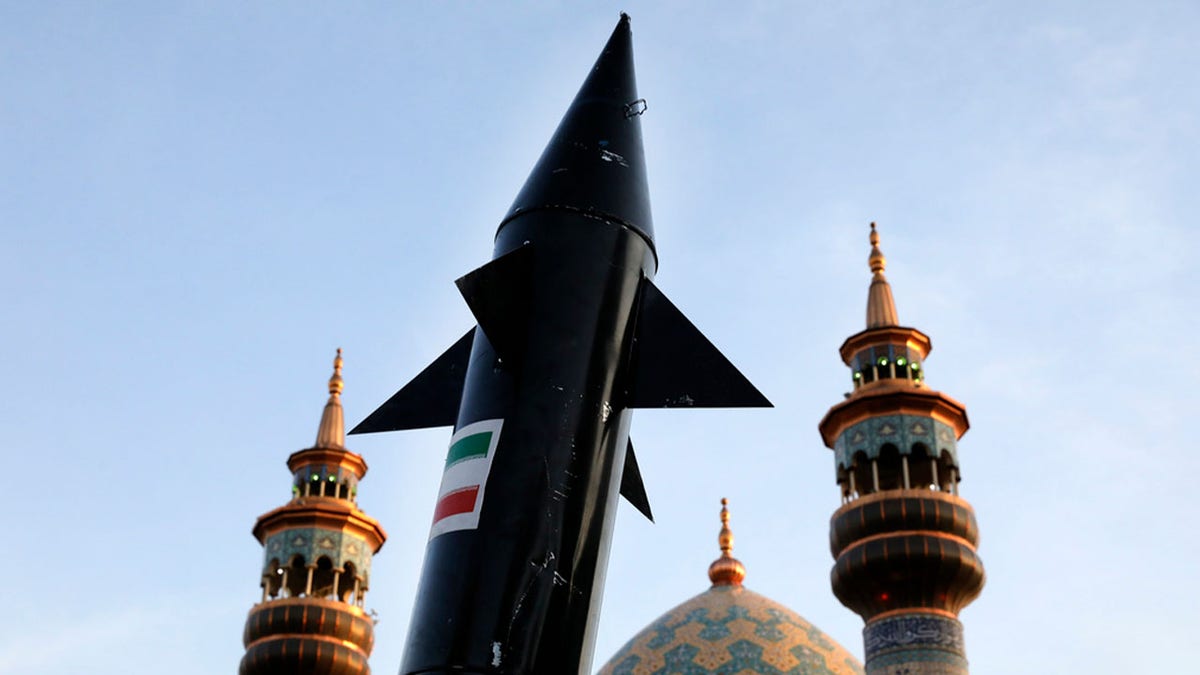
A model of a missile is carried by Iranian demonstrators as minarets and the dome of a mosque is seen in the background during an anti-Israeli gathering at the Felestin (Palestine) Sq. in Tehran, Iran, on Monday, April 15, 2024. (AP Photo/Vahid Salemi)
“A sustainable and verifiable diplomatic solution that addresses the security interests of the international community is essential,” the German Foreign Ministry confirmed for Fox News Digital this week. “If such a solution is not achieved by the end of the summer, the snapback mechanism will remain an option for the E3.
“We continue to coordinate closely with our E3 partners on this issue,” the ministry added in reference to the European nations that signed the 2015 nuclear agreement known as the Joint Comprehensive Plan of Action, which are France, Germany and the U.K.
World
Iraq reopens Mosul airport 11 years after ISIL conflict, destruction

The airport, which has not been operational since the group seized Mosul in 2014, will have a main terminal and VIP lounge.
Iraqi Prime Minister Mohammed Shia al-Sudani has inaugurated the northern city of Mosul’s newly restored airport, more than a decade after it was destroyed in a series of battles to dislodge the now vanquished ISIL (ISIS) group.
“The airport will serve as an additional link between Mosul and other Iraqi cities and regional destinations,” the prime minister’s media office said in a statement on Wednesday.
Al-Sudani’s flight landed at the airport, which is expected to become fully operational for domestic and international flights in two months. Wednesday’s ceremony was held nearly three years after then-Prime Minister Mustafa al-Kadhimi laid the foundation stone for the airport’s reconstruction.
Airport director Amar al-Bayati told the AFP news agency that the “airport is now ready for domestic and international flights.” He added that the airport previously offered international flights, mostly to Turkiye and Jordan.
In June 2014, ISIL seized Mosul, declaring its “caliphate” from Iraq’s second biggest city after capturing large swaths of Iraq and neighbouring Syria, imposing hardline rule over millions of people, displacing hundreds of thousands and slaughtering thousands more.
Nouri al-Maliki, who was the Iraqi prime minister at the time, declared a state of emergency and said the government would arm civilians who volunteered “to defend the homeland and defeat terrorism”.
At its peak, the group ruled over an area half the size of the United Kingdom and was notorious for its brutality. It beheaded civilians, massacred 1,700 captured Iraqi soldiers in a short period, and enslaved and raped thousands of women from the Yazidi community, one of Iraq’s oldest religious minorities.
A coalition of more than 80 countries led by the United States was formed to fight the group in September 2014. The alliance continues to carry out raids against the group’s hideouts in Syria and Iraq.
The war against the group officially ended in March 2019 when US-backed, Kurdish-led fighters of the Syrian Democratic Forces (SDF) captured the eastern Syrian town of Baghouz, which was the last sliver of land ISIL controlled.
The group was also defeated in Iraq in July 2017 when Iraqi forces recaptured Mosul. ISIL then declared its defeat across the country at the end of that year. Three months later, the group suffered a major blow when the SDF took back the northern Syrian city of Raqqa, its de facto capital.
The airport, which was heavily damaged in the battle, has not been operational since the initial fall of Mosul.
It now includes a main terminal, a VIP lounge and an advanced radar surveillance system, al-Sudani’s office said, adding that it is expected to handle 630,000 passengers annually.
-

 Culture1 week ago
Culture1 week agoTry to Match These Snarky Quotations to Their Novels and Stories
-

 News6 days ago
News6 days agoVideo: Trump Compliments President of Liberia on His ‘Beautiful English’
-

 News1 week ago
News1 week agoTexas Flooding Map: See How the Floodwaters Rose Along the Guadalupe River
-
Finance1 week ago
Do you really save money on Prime Day?
-
Business1 week ago
Companies keep slashing jobs. How worried should workers be about AI replacing them?
-

 Technology1 week ago
Technology1 week agoApple’s latest AirPods are already on sale for $99 before Prime Day
-

 News5 days ago
News5 days agoVideo: Clashes After Immigration Raid at California Cannabis Farm
-
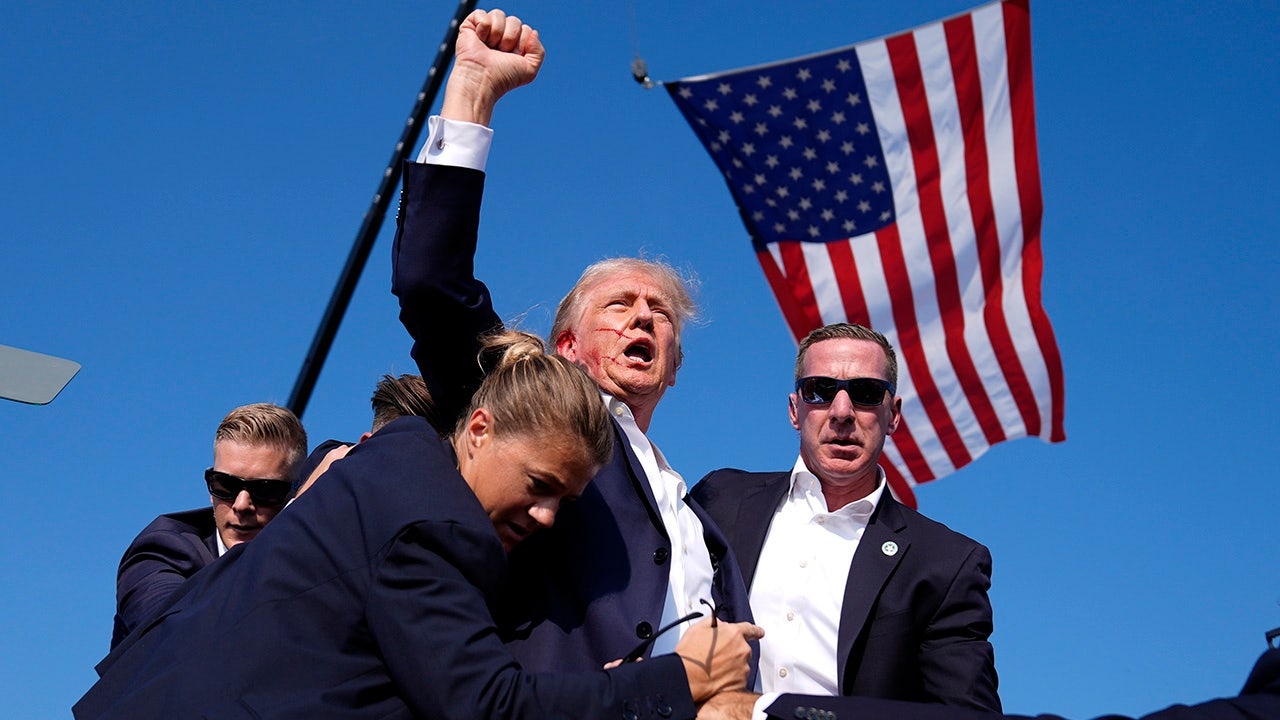
 Politics1 week ago
Politics1 week agoJournalist who refused to duck during Trump assassination attempt reflects on Butler rally in new book


